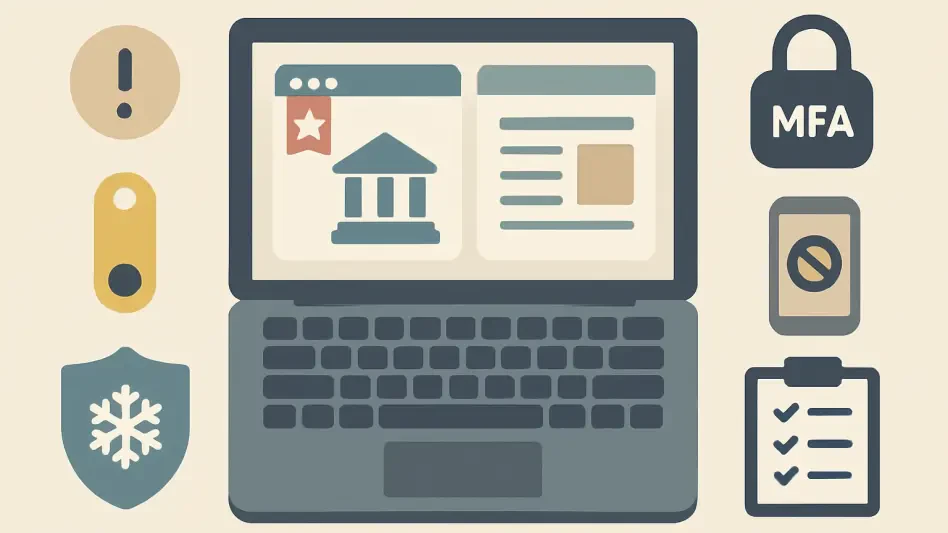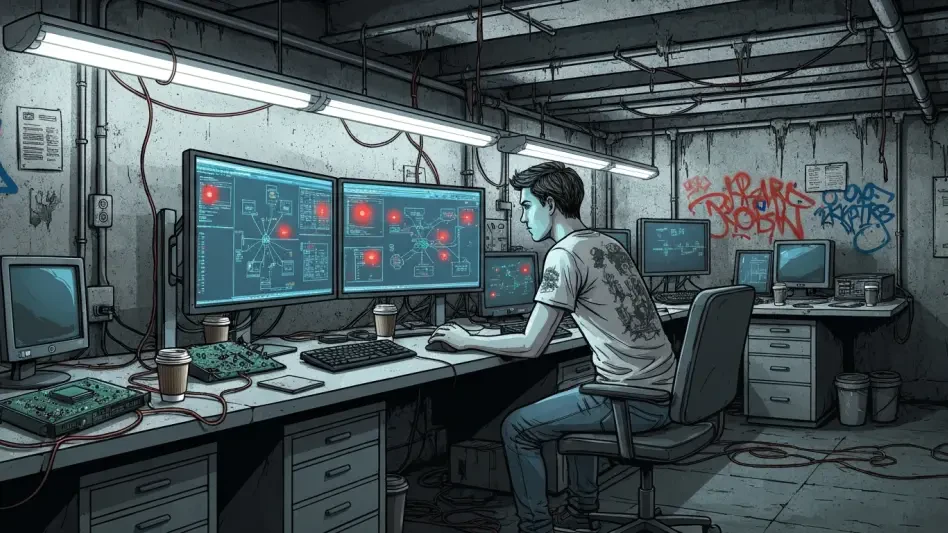In a world increasingly reliant on digital infrastructure, the potential for cyber sabotage to cause real-world destruction becomes a pressing concern. This issue took center stage following Stuxnet, the notorious malware that proved how cyberattacks could leap from the virtual realm to inflict damage on physical infrastructure. Stuxnet, which targeted Iran’s nuclear centrifuges, sparked widespread discourse on the vulnerabilities within industrial systems and the broader implications for national security. As industrial control systems power everything from utilities to manufacturing, understanding and mitigating these threats is critical.
Background and Significance
The emergence of cyber sabotage as a credible threat has roots in the evolution of cyber warfare. Historically, cyberattacks aimed at disrupting networks or stealing data; however, Stuxnet represented a transformative shift. By targeting specific operational technology (OT) systems rather than just information technology (IT), it demonstrated the potential to cause tangible damage. This shift significantly magnified the importance of cybersecurity, prompting urgent discussions about the potential physical repercussions of digital sabotage. In today’s interconnected world, the stability of critical infrastructure is of paramount importance, making the study of cyber sabotage essential for national security and infrastructure resilience.
Research Methodology, Findings, and Implications
Methodology
Researchers have employed diverse techniques to delve into the phenomenon of cyber sabotage, including comprehensive case studies and in-depth data analysis. By examining pivotal incidents like the Stuxnet attack, experts have gleaned critical insights into the mechanisms and impacts of cyber sabotage. They have dissected the intricate coding and tactics employed in these attacks, revealing how vulnerabilities in industrial control systems can be exploited to devastating effect. Through meticulous analysis, researchers aim to fortify understanding of how cyber threats can transition into physical sabotage.
Findings
Key case studies, notably Stuxnet, exemplify how cyber sabotage can gravely affect physical infrastructures. Beyond digital interference, Stuxnet caused centrifuges in Iran to malfunction. Subsequent attacks, such as the Ukraine power grid hack and Triton’s assault on a Saudi petrochemical plant, further illustrated the evolving sophistication of cyber threats. These incidents highlighted the potential for cyber sabotage to disrupt essential services, demonstrating that the threat landscape has expanded beyond simple data breaches. The research underscores the need for robust security measures to guard against potential threats to industrial infrastructures worldwide.
Implications
The findings have profound implications for security policies and strategies. The demonstrated vulnerabilities in industrial control systems demand an overhaul of cybersecurity protocols to protect critical infrastructure from cyber sabotage. As cyber threats continue to evolve, security measures must adapt to address the potential for real-world destruction. Implementing comprehensive security strategies that integrate both IT and OT systems is crucial to safeguarding national security and ensuring the stability of vital infrastructures. This evolution in security strategy is necessary to stay ahead of increasingly sophisticated cyber threats.
Reflection and Future Directions
Reflection
The research process highlighted various challenges, including the complexity of deciphering cyber sabotage tactics and the nuances of safeguarding industrial control systems. The intricate nature of attacking strategies and distinguishing between espionage and sabotage further complicates defense efforts. However, these challenges have enriched understanding, revealing the multifaceted nature of cyber threats and informing enhanced protective measures. Insights gained through this research emphasize the need for integrated, proactive strategies in cybersecurity.
Future Directions
Several vital questions remain unanswered, paving the way for future research. Continued exploration is needed to deepen understanding of advanced cyber threats and develop more resilient defense mechanisms. Investigating potential vulnerabilities, improving detection methods, and formulating effective prevention strategies are critical areas for future study. Emphasizing collaboration among governments, industries, and cybersecurity experts will be essential to anticipating and mitigating evolving threats, ultimately ensuring the continued security and stability of global infrastructures.
Conclusion
The exploration into cyber sabotage and its capacity to cause real-world destruction underscored an urgent need for heightened awareness and robust protective measures. Findings revealed vulnerabilities within industrial control systems, illustrating how cyberattacks can inflict tangible damage. While significant strides have been made in understanding and addressing these threats, further research and innovation are necessary to bolster defenses. The future will require sustained efforts to develop comprehensive security strategies encompassing IT and OT systems, ensuring the protection of crucial infrastructure from emerging cyber threats.








